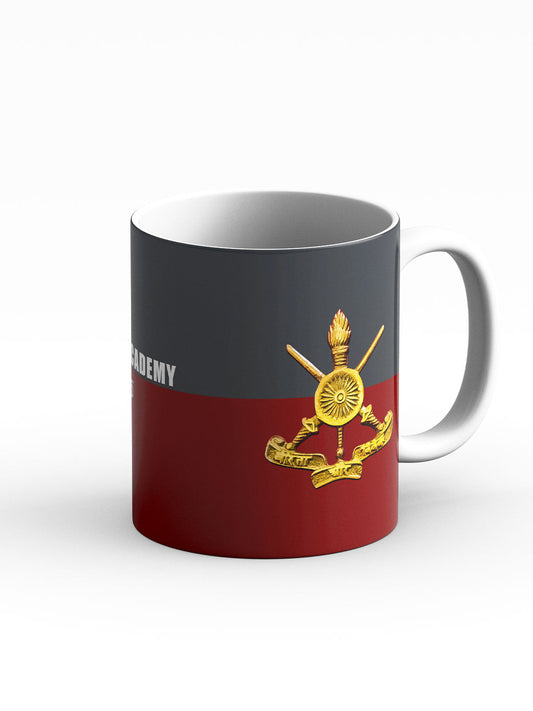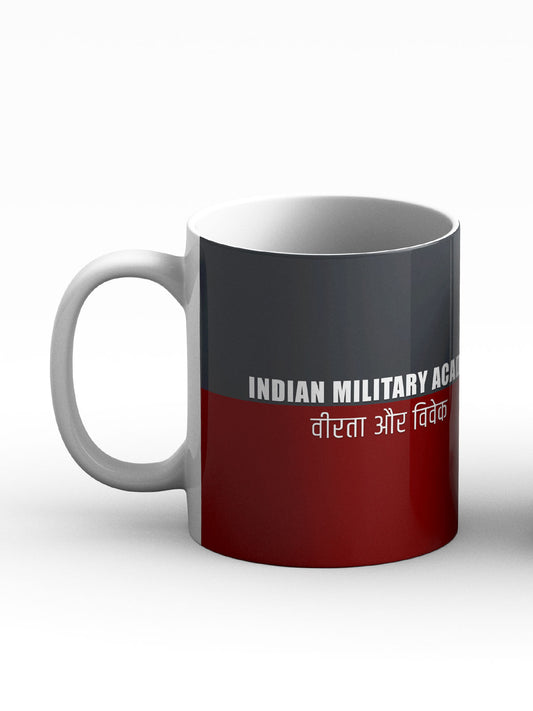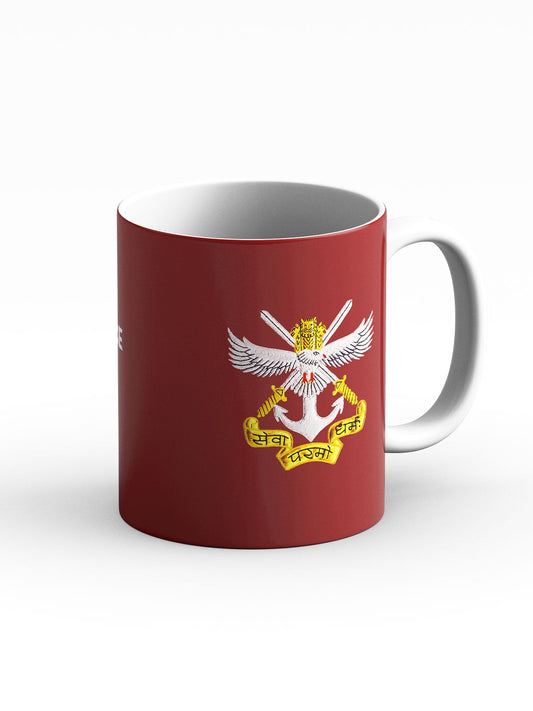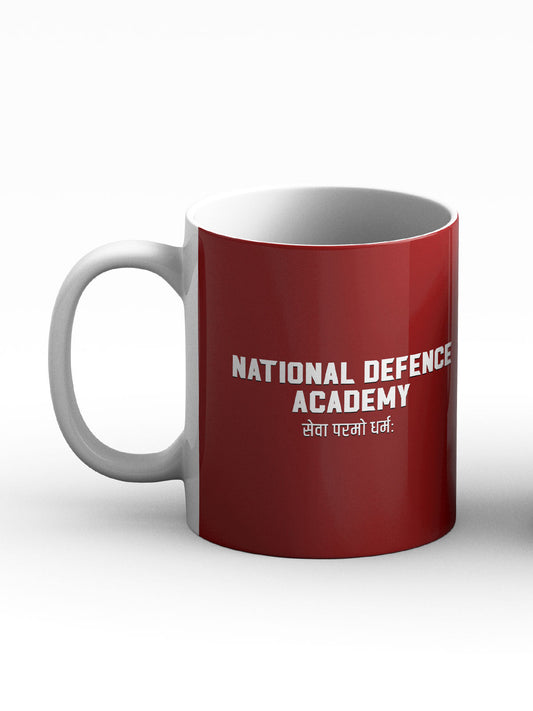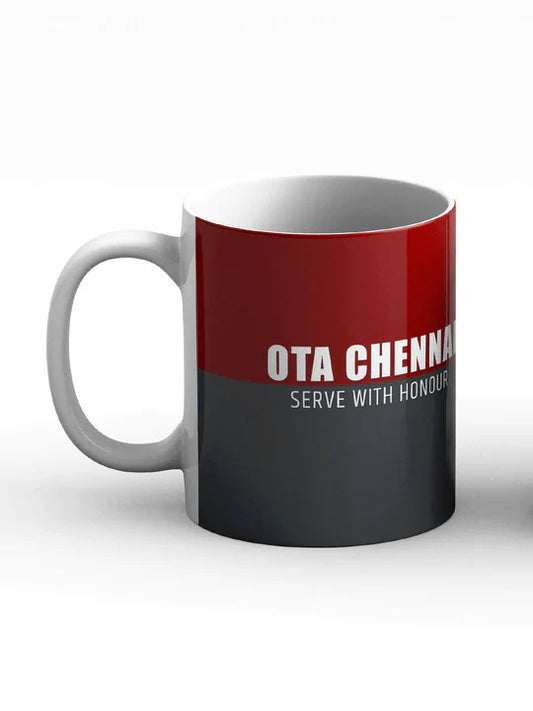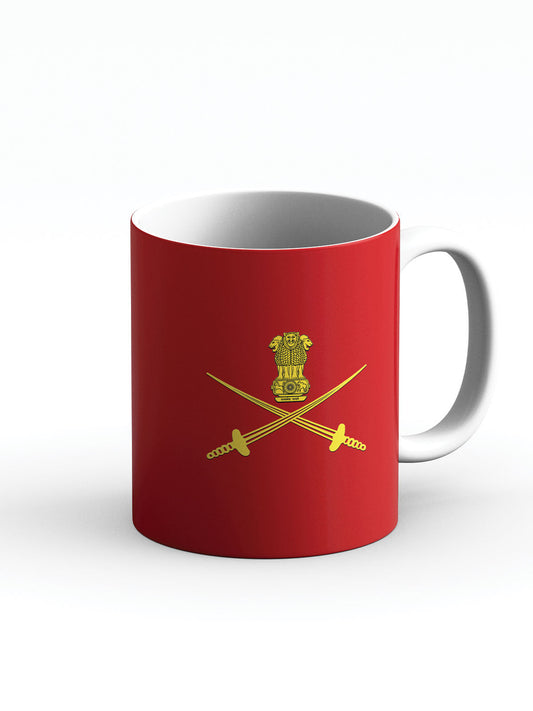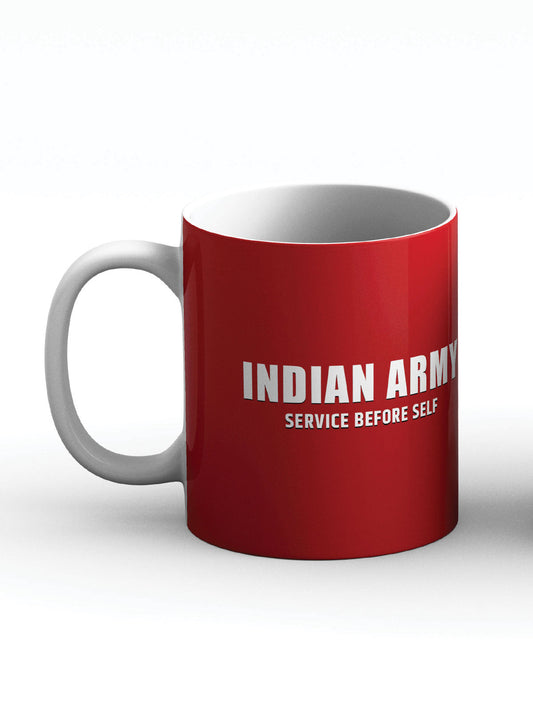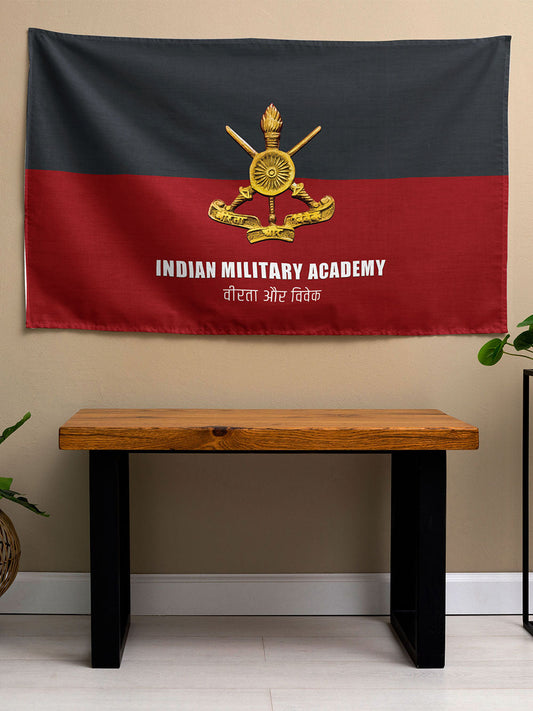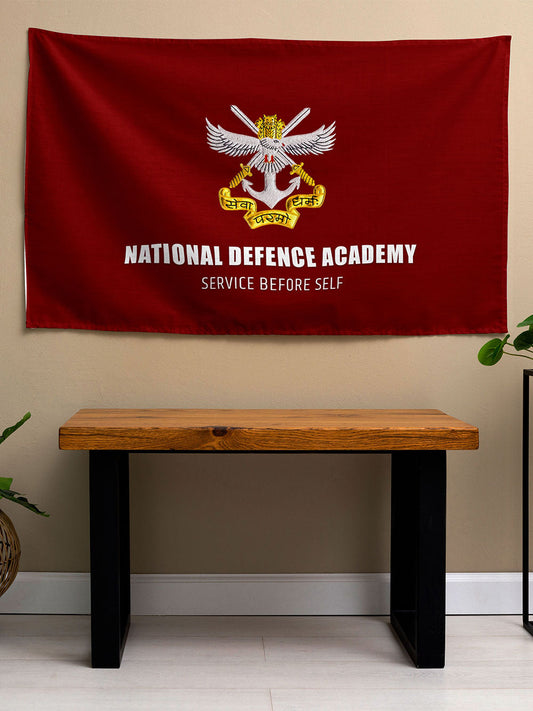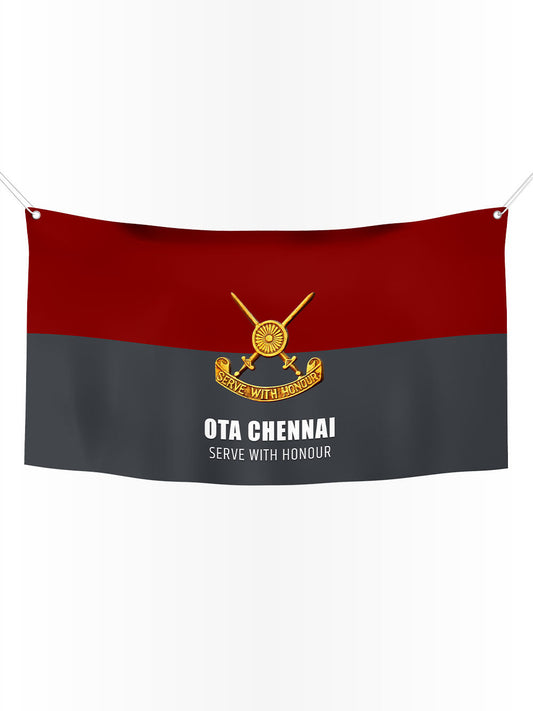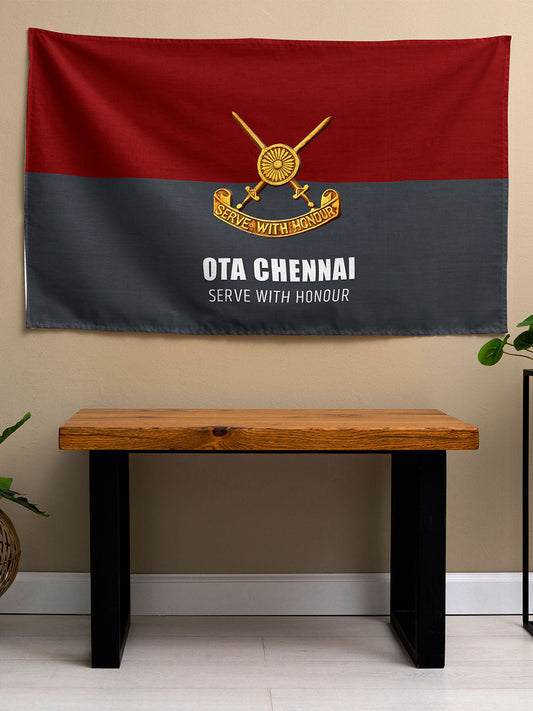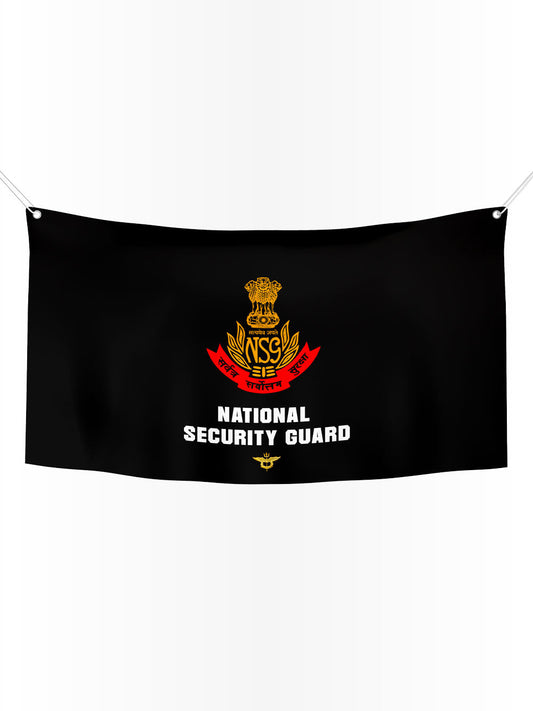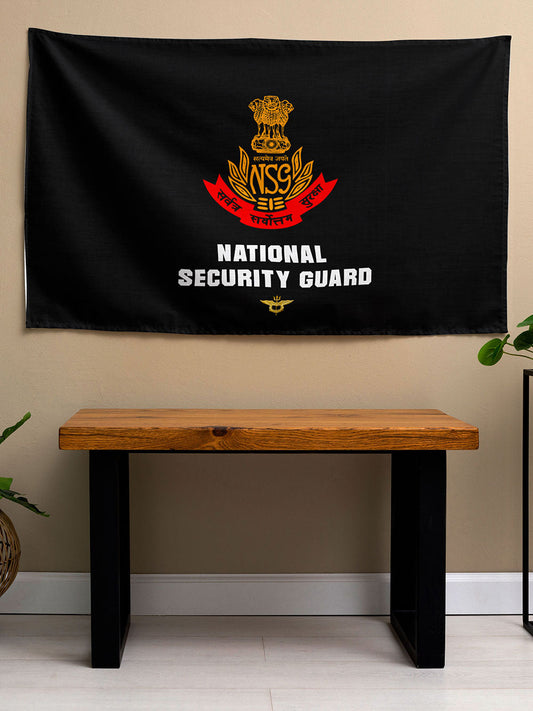NDA Exam vs CDS Exam: Which one is more Difficult?

Introduction
Joining the Indian Armed Forces is a dream for many young aspirants who wish to serve the nation with honor and pride. Among various entry routes, the National Defence Academy (NDA) and Combined Defence Services (CDS) examinations stand out as two of the most prestigious and sought-after options. Conducted by the Union Public Service Commission (UPSC), both NDA and CDS pave the way for commissioning into the Indian Army, Navy, and Air Force.
However, despite their common goal of recruiting future leaders for the Armed Forces, NDA and CDS differ in significant ways, including their eligibility criteria, selection processes, training structures, and career paths. This article explores these differences in detail, helping aspirants make an informed choice about which exam best suits their ambitions.
Historical Context
Evolution of NDA
The National Defence Academy was established in 1954 as a premier institution responsible for training young cadets to become officers in the Armed Forces. NDA is a joint services academy where cadets of the Army, Navy, and Air Force train together before proceeding to their respective service academies. Located in Khadakwasla, Pune, NDA's training regimen is rigorous and focuses on academic education, physical endurance, and military training.
The Origin of CDS and OTA
The Combined Defence Services Examination (CDS) was introduced to select candidates for training in the Indian Military Academy (IMA), Indian Naval Academy (INA), Air Force Academy (AFA), and Officers Training Academy (OTA). Unlike NDA, which selects candidates after 10+2, CDS is designed for university graduates. The Officers Training Academy (OTA) in Chennai offers short-service commission (SSC) training, providing an alternative for those who wish to serve for a limited period rather than full-time commissioned service.
Key Aspects of NDA vs. CDS
1. Eligibility Criteria
| Criteria | NDA | CDS |
|---|---|---|
| Age Limit | 16.5 - 19.5 years | 19 - 25 years |
| Educational Qualification | 10+2 or equivalent | Graduation (Bachelor’s degree) |
| Gender | Male & Female | Male (IMA, INA, AFA), Female (OTA) |
| Marital Status | Unmarried | Unmarried (IMA, INA, AFA); Married/unmarried females (OTA) |
- NDA is open to 10+2 students who wish to enter defence services early in life.
- CDS requires candidates to complete a bachelor’s degree before applying.
2. Selection Process
Both NDA and CDS exams have a multi-stage selection process involving a written examination, followed by the rigorous Services Selection Board (SSB) tests.
NDA Exam Pattern
- Written Exam: Mathematics (300 Marks) + General Ability Test (GAT) (600 Marks)
- SSB Interview: 900 Marks
- Medical Examination & Merit List
CDS Exam Pattern
-
Written Exam:
- IMA, INA, AFA: English (100), General Knowledge (100), Mathematics (100)
- OTA: English (100), General Knowledge (100) [No Mathematics]
- SSB Interview: 300 Marks (IMA, INA, AFA), 200 Marks (OTA)
- Medical Examination & Final Merit List
3. Training Duration & Institutions
| Aspect | NDA | CDS |
|---|---|---|
| Training Academy | NDA, Khadakwasla | IMA, INA, AFA, OTA |
| Duration | 3 years at NDA + 1 year at respective academies | 1.5 years at IMA, AFA, INA, 49 weeks at OTA |
| Nature of Training | Joint military & academic training | Specialized officer training |
- NDA cadets undergo holistic training in academics, physical endurance, and military tactics for three years.
- CDS recruits specialize in branch-specific officer training at their respective academies.
Case Studies & Real-World Insights
1. NDA Graduate Turned Chief of Defence Staff
Many illustrious defence officers have been NDA graduates. General Bipin Rawat, India’s first Chief of Defence Staff (CDS), was an NDA alumnus before advancing to the Army. His career demonstrates the importance of NDA in shaping strategic military leadership.
2. Officer Training Academy (OTA) - A Short-Service Success Story
Women officers, including Capt. Tania Shergill, have graduated from OTA and led contingents in republic day parades, proving that CDS and OTA provide a viable path for women in the Indian Armed Forces.
Future Trends and Predictions
- Increased Female Participation – More women candidates are expected to join NDA after the recent Supreme Court ruling allowing female cadets.
- Technology-Driven Military Training – Automation, AI, and modern warfare technologies will be key focus areas in future defence academies.
- Higher Education Collaborations – More military-academic partnerships for officer training.
Conclusion
Both NDA and CDS offer fulfilling careers in the Indian Armed Forces, but they cater to different aspirants at different stages of their education.
- If you are keen to start your military journey early, NDA is the ideal path for long-term military leadership.
- If you seek a defence career after graduation, CDS is an efficient way to become an officer with specialization options.
Regardless of the path chosen, serving in the Indian Armed Forces is an honorable pursuit that demands intellect, discipline, and courage. If you aspire to join the forces, start preparing today—because the nation needs dedicated leaders to safeguard its future! 🚀🇮🇳
Are you preparing for NDA or CDS? Share your queries in the comments below! 👇



